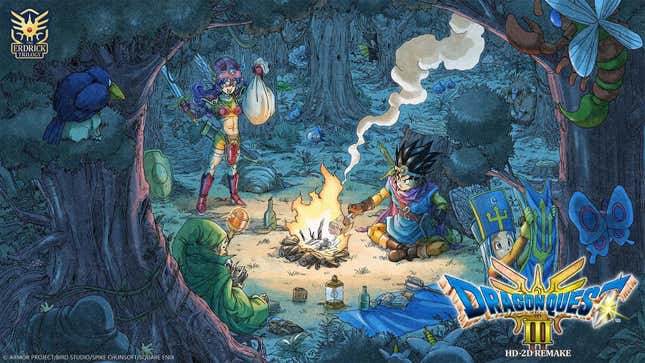
Image: Square Enix
Dragon Quest III HD-2D Remake may have beautiful, updated graphics, but the soul of this adventure is as old-school as ever. As one of the first tasks of your adventure, you’ll need to make your way over to Patty’s Party Planning Place to recruit three companions. Whether you choose to take along the premade characters or create your own allies, you’ll see that each character can assume one of eight classes. With no frame of reference for how each class performs, how on earth are you supposed to choose?
Fortunately, you should know that your choices here aren’t necessarily permanent. Dragon Quest III will eventually let you change each of your companions’ classes later on in your adventure, so your goal here is to pick the classes that will help you early on the most. In some cases, this may mean taking classes that start strong out the gate. In other cases, you may want to prioritize classes that learn valuable utility skills that the character’s second class can inherit down the line. Either way, you have some flexibility with your picks here.
To help you decide which classes will serve you best in Dragon Quest III HD-2D Remake, we’ve assembled a tier list that ranks their early game benefits from best to worst. Note that Dragon Quest III HD-2D Remake does feature new mechanics and class changes that change how jobs perform relative to previous versions of the game, so longtime fans can’t necessarily rely on their preexisting knowledge of the game. Also, please note that this is strictly a tier list of which classes to start with, not each class’s overall performance throughout the game. Some picks function much better when used as mid-game class changes, and one of the best classes in the game isn’t even available at the start!
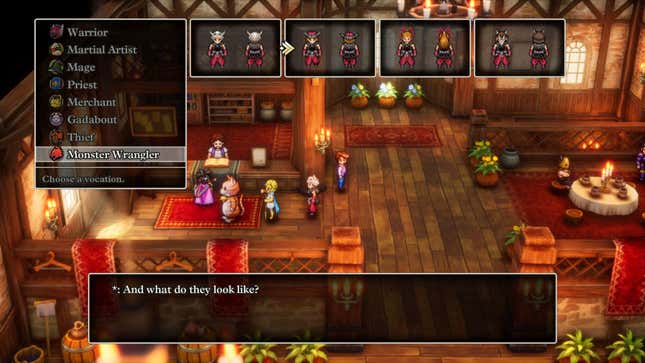
Screenshot: Square Enix / Kotaku
S-Tier is reserved for classes that everyone should pick, regardless of who else is in your party.
Monster Wrangler
Monster Wrangler is the new class in Dragon Quest III HD-2D, and boy howdy is it a monster (pun absolutely intended, how dare you doubt me).
Monster Wrangler is the Red Mage of Dragon Quest III. It can inflict decent physical damage, especially since it can equip strong whips that damage entire groups of enemies. Additionally, Monster Tamer learns healing abilities in the form of Emergency Groom and Soothing Song, which offer single-target and party-wide healing respectively. Not only is this the only source of party-wide healing in the early game of Dragon Quest III, these also work in instances where magic is blocked since they are classified as Abilities. Monster Wrangler doesn’t scale as a healer into the later game, but it fills a powerful niche early on.
That said, it’s the new collectible monsters that elevates Monster Wrangler from good to great. As you explore the world, you’ll find friendly monsters that you can typically recruit by either using the correct item or skill to get them to talk to you. Not only do Monster Wranglers let you automatically catch monsters without fulfilling these prerequisites, collecting a large roster will grant Monster Wranglers new skills as well. This critically includes Monster Pile-On, a powerful attack that scales with the total number of monsters you’ve collected. As long as you explore and use the Monster Wrangler’s Animal Instinct Ability to track down recruitable monsters, you can easily learn this skill by the time you can change class.
If you plan to speedrun the game and don’t want to track down monsters, then Monster Wrangler admittedly won’t impress as much. Otherwise, this class covers so many early-game niches and learns such strong Abilities that it will find use in any party you stick it in.
Mage

Screenshot: Square Enix / Kotaku
Mages have always been good in Dragon Quest III thanks to their access to powerful magic attacks. However, Dragon Quest III HD-2D gives all magic users an inadvertent buff, since all level-ups will fully restore that character’s HP and MP. This means Mages can use their most powerful magic with only the slightest restraint in dungeons, since they’ll usually receive full restoration before their MP runs dry. In other words, Mage is easily a top DPS pick and one of the best damage dealers to start out with in Dragon Quest III HD-2D
Even without this boon, Mage would still be a good starting class. It excels at damaging groups of enemies, which you’ll be dealing with way more than single targets. It’s also a great candidate to turn into the mighty Sage class thanks to its naturally high Wisdom and MP stats (see the Gadabout description later on). Mages aren’t quite as useful if you change them to any class that isn’t a magic user, but overall this is an obvious class to pick.
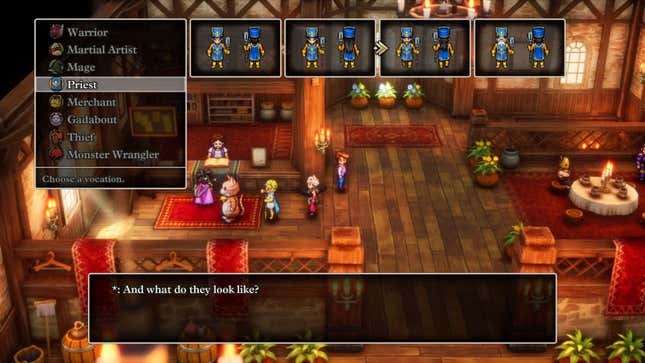
Screenshot: Square Enix / Kotaku
While not essential, these classes are top picks to round out your party.
Priest
Funny enough, you don’t need a dedicated healer when you start out in Dragon Quest III. You can technically cover your healing bases by using your main character and either healing items or the Monster Tamer until you eventually get a Sage in your party. Regardless, if you’re wondering who your third party member should be, I’d suggest “have a little Priest.”
Starting with a Priest has two huge perks. First, a dedicated healer frees up the rest of your party from healing duty, including your incredibly powerful protagonist. Second, a Priest learns so many helpful support skills in the early game that it’ll make virtually any class it later changes to better. Even a Fighter can function like a Final Fantasy-style Paladin when it can remove a slew of status resistances and provide some backup healing when the chips are down.
Oh, and Priests can learn some basic attack magic in the form of Woosh and Swoosh, which it can easily use thanks to the aforementioned full heals on leveling up.
Do keep in mind that if you insist on using both a Mage and a Priest, you may struggle in instances where magic is sealed or you need to use physical attacks. Still, if you’d like to prioritize survival, definitely pick a Priest starting out.
Martial Artist

Screenshot: Square Enix / Kotaku
The Martial Artist’s weaknesses are actually strengths when it comes to the early game of Dragon Quest III. On one hand, they’re extremely picky with equipment, and they’re literally better off fighting bare-handed in the early game until you can find claws for them to use. On the other hand, this means you don’t need to invest a lot of gold into dressing them and you can focus on the rest of your party without grinding. Additionally, the Martial Artist only learns situationally useful skills in the early game. But despite that, skills like Flying Knee and Hawkeye Claw will come quite in handy, especially in the dungeons you’ll need to clear before you can unlock class changing.
There’s honestly not a lot to say about the Martial Artist, as its main function is to just punch nine times out of ten. Still, if you want a dedicated physical attacker on your team, the Martial Artist is a good starting point.
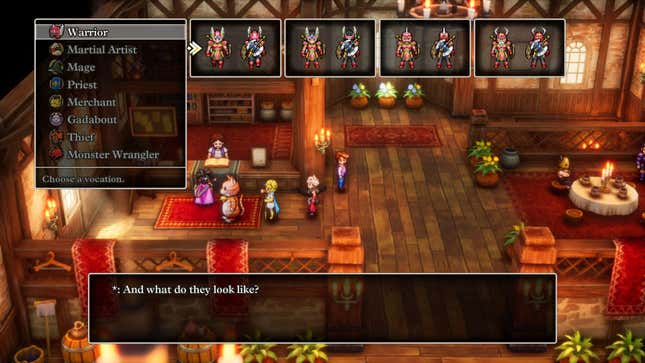
Screenshot: Square Enix / Kotaku
While these classes may not be the most impressive picks in your starting party, you may prefer them above the higher-tier picks depending on your play style.
Warrior
As the bread and butter pick for a physical attacker, the Warrior is in a slightly weird boat. It can equip a richer variety of weapons and armor compared to the Martial Artist, but that can put more of a strain on your gold reserves unless you want to forgo loading out your other party members. Its early game skills also aren’t especially impressive, as it takes quite a few levels for it to learn strong physical attacks. The Warrior does technically fulfill a tank role for your party, but frankly the Hero already does an admiral job of filling this void throughout the early game.
Should you eventually switch one of your classes into a Warrior later on? Sure, it’s a good class! Additionally, if you’re the type of player who always likes to level grind until you get all the best equipment before heading into a dungeon, then the Warrior will likely come out ahead of the Martial Artist. Otherwise, you may want to consider one of the higher-tier options above before picking a Warrior.
DQ3-Class-Thief.jpg]
Caption: A screenshot from Dragon Quest III HD-2D Remake. A menu displays the Thief character class, which is seen wearing long white shorts and a yellow shirt.
Thief

Screenshot: Square Enix / Kotaku
I want to make one point abundantly clear: Thief is one of the most important classes in Dragon Quest III HD-2D. Its skills Nose for Treasure and Scoop are invaluable for finding hidden treasure, including the collectible Mini Medals scattered all throughout the game. Several hidden items have literally no visual clue for where they are unless you’re standing on top of them, so the Thief’s skills are essential for completionists. Additionally, Padfoot lowers the rate of random battles, which makes several dungeons in the game much more palatable.
So why not pick a Thief right off the bat? Long story short, it takes them a few levels to get these essential skills, and they are much stronger in battle if you let them inherit skills from another class. If you don’t mind using a weaker class in the early game of Dragon Quest III HD-2D and just want those key skills right away, then you should definitely start with a Thief. But for the smoothest play experience, just make Thief one of your first class changes instead.
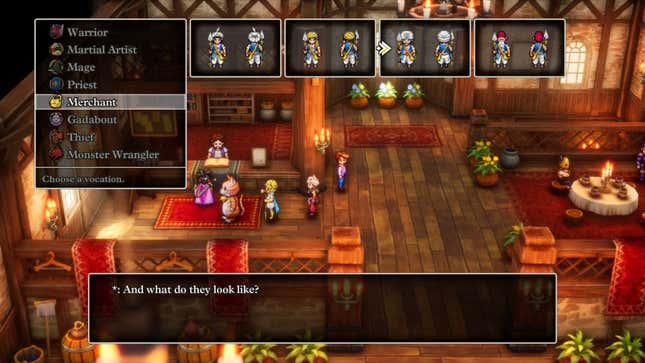
Screenshot: Square Enix / Kotaku
The class ranked here isn’t bad, but pales in comparison to any of the options above.
Merchant
In a weird way, the Merchant both is and is not the worst class in Dragon Quest III HD-2D. It is usable, as it can inflict respectable damage and equip some strong weapons. The Merchant also can find extra gold after battles, which can be helpful early on while money is relatively scarce. You can even use the “Show” command with a Merchant in the party, which gives you a full and fun description of every item in the game. It’s a really neat touch!
The Merchant’s problem is that it offers almost no long-term benefits to your party. Sure, the Show command can let you know if an item is cursed, but that’s usually specified in an item’s description already. The skill Service Call technically lets you use Inns on-demand, but it doesn’t work in the dungeons where you’d need it the most. It does learn the powerful attack Call to Arms, but this is a later-game move and is functionally identical to the Monster Tamer’s Monster Pile-On, which is overall cheaper to use.
Merchants aren’t bad, and they are fun to use. But of all the classes in Dragon Quest III HD-2D, this is the easiest to skip.

Screenshot: Square Enix / Kotaku
The worst class to pick starting out. Don’t bother with this until later.
Gadabout
Please don’t start with this literal clown emoji of a class. It’s bad enough that Gadabouts learn nothing useful in the early game and contribute less damage than the classes listed above. What’s worse is that Gadabouts will literally waste turns disobeying your commands to instead pull pranks on the battlefield, all of which can stun or weaken your party members. Yes, you read that right: You will encounter instances in which having a Gadabout in your party is actually worse than not having a third party member at all.
Why does such an awful class exist in Dragon Quest III HD-2D to begin with? Well, if you can pull off leveling a Gadabout high enough, it can learn some useful (albeit often niche) abilities that no other classes can. Additionally, the Gadabout is the only class that can change into the Sage class without consuming the rare Words of Wisdom item. In either case, the goal with the Gadabout is to have it in your party for the least amount of time possible. Since EXP scales up sharply as you progress in your adventure, you won’t have to endure using a Gadabout for nearly as long if you save this for a class change later on.
.



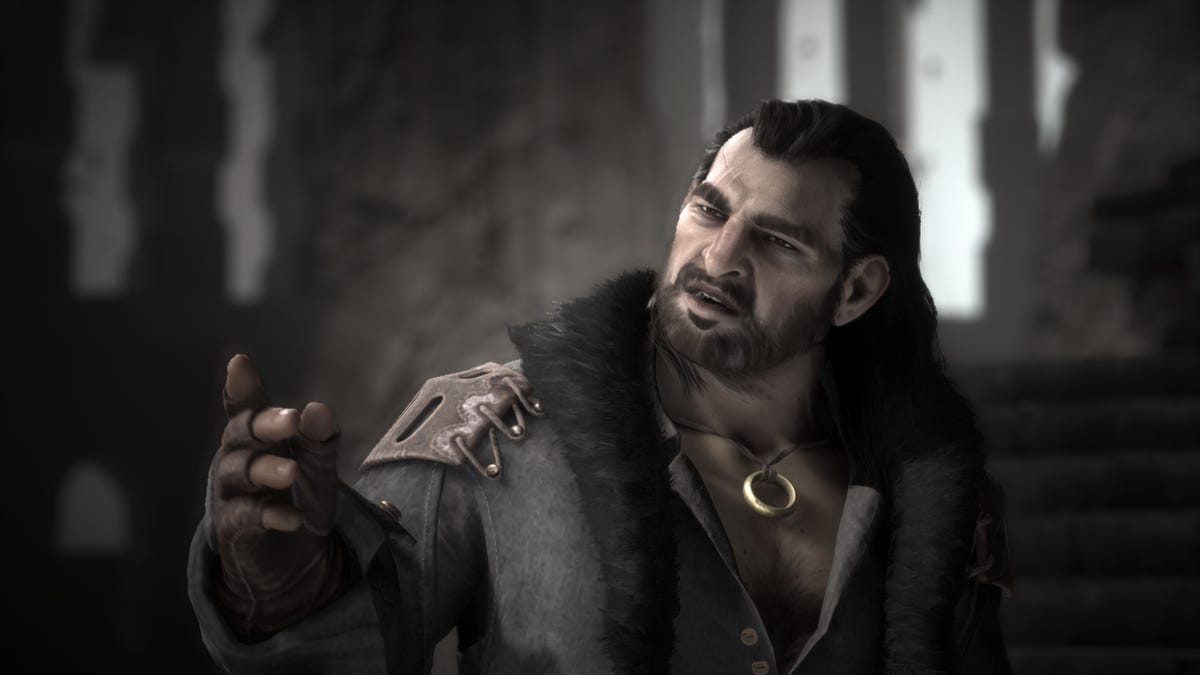



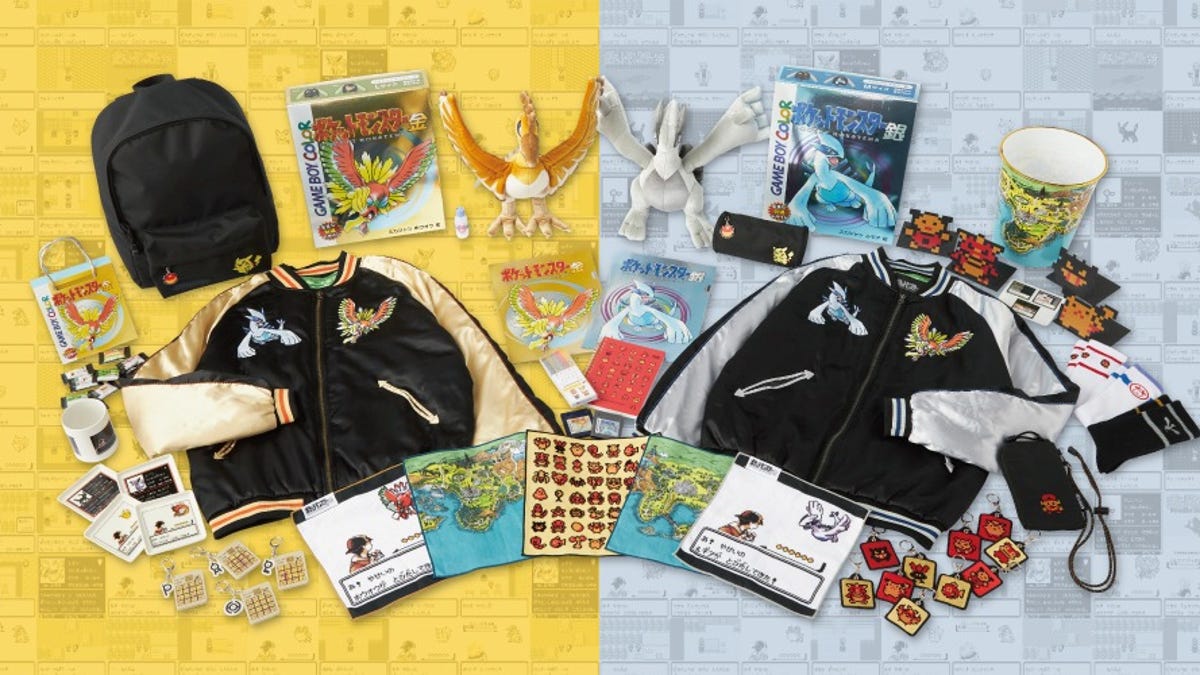






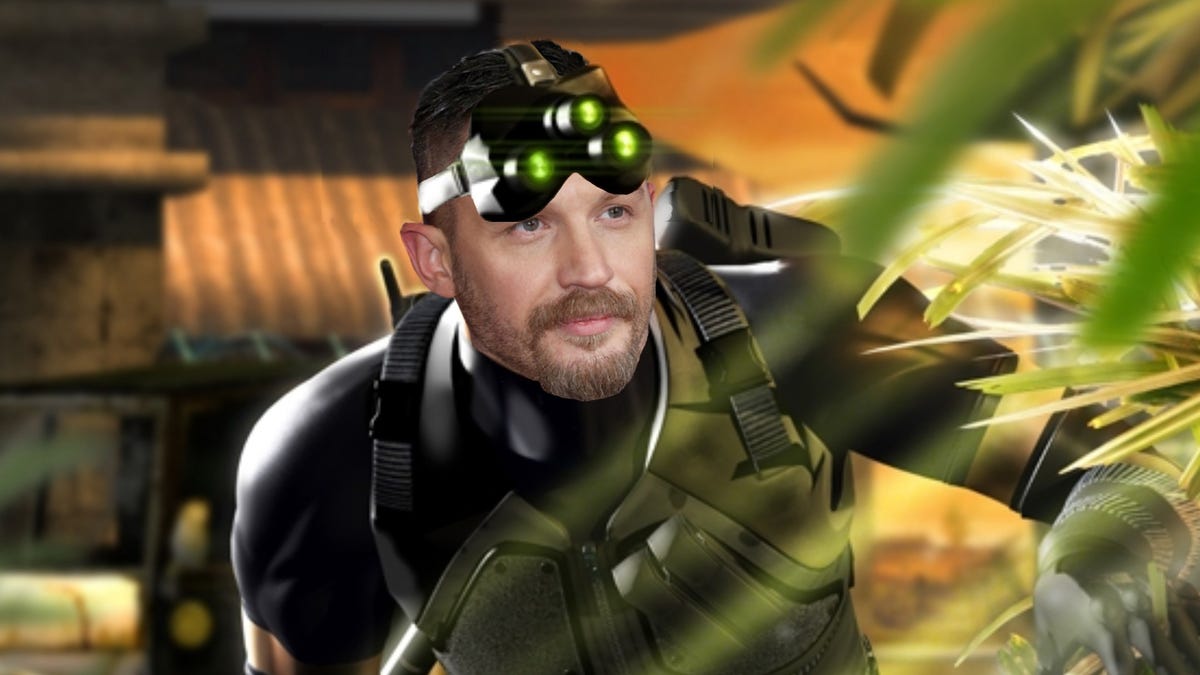





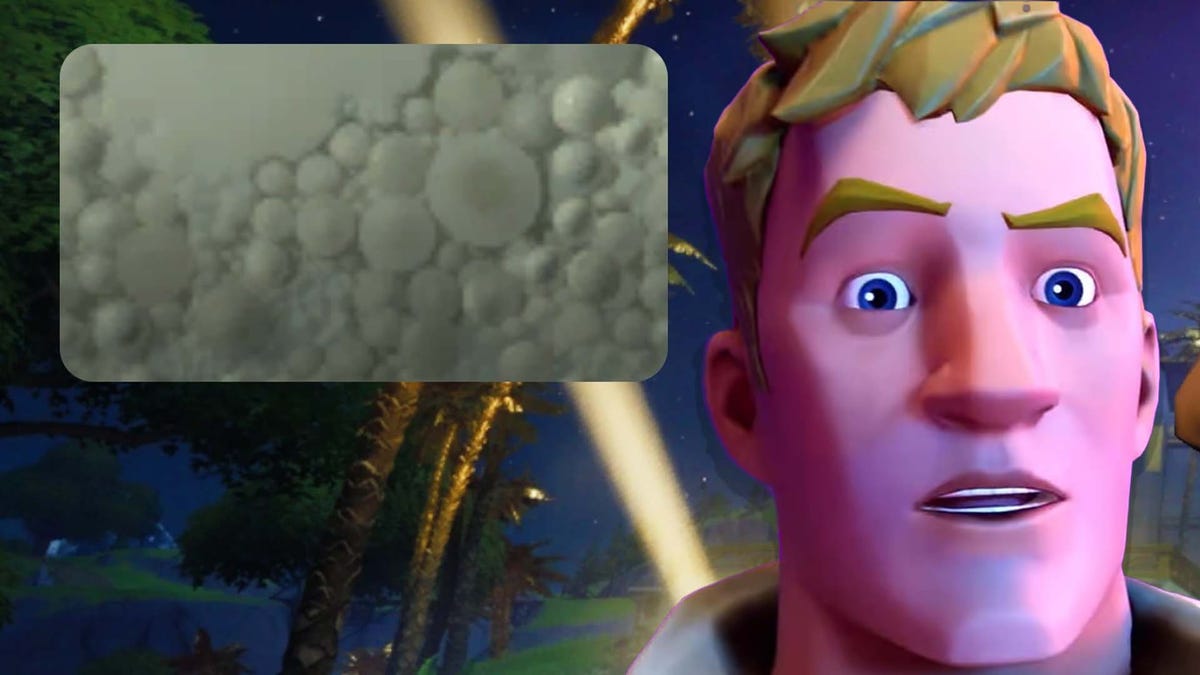


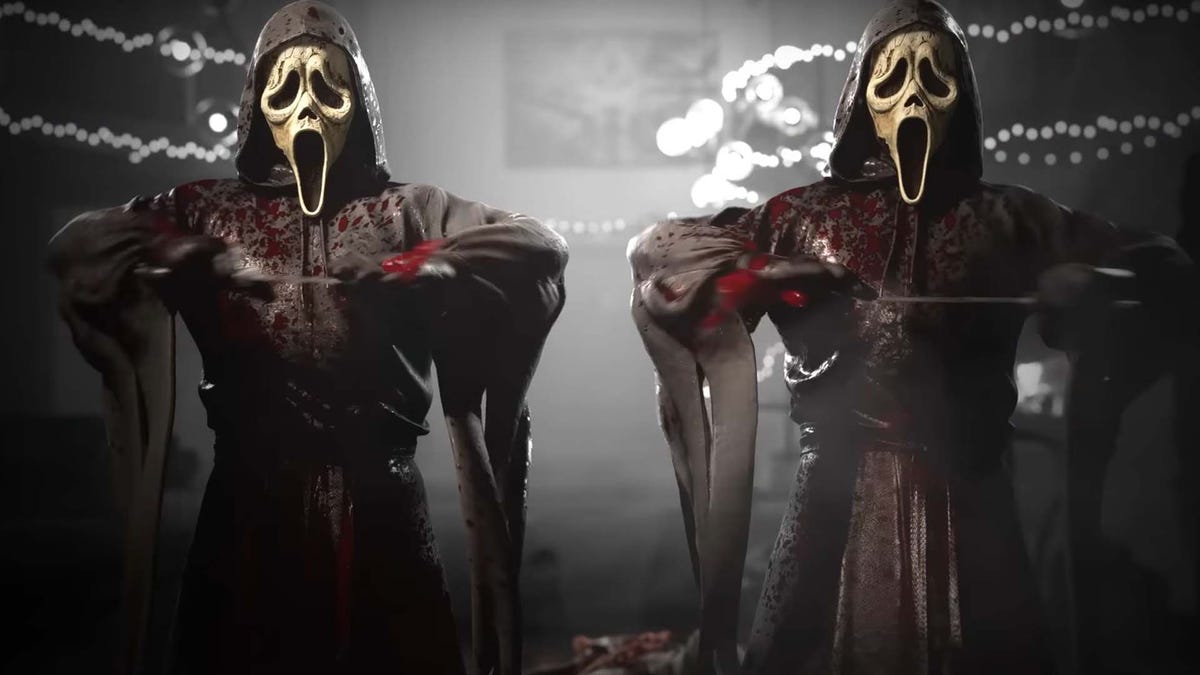

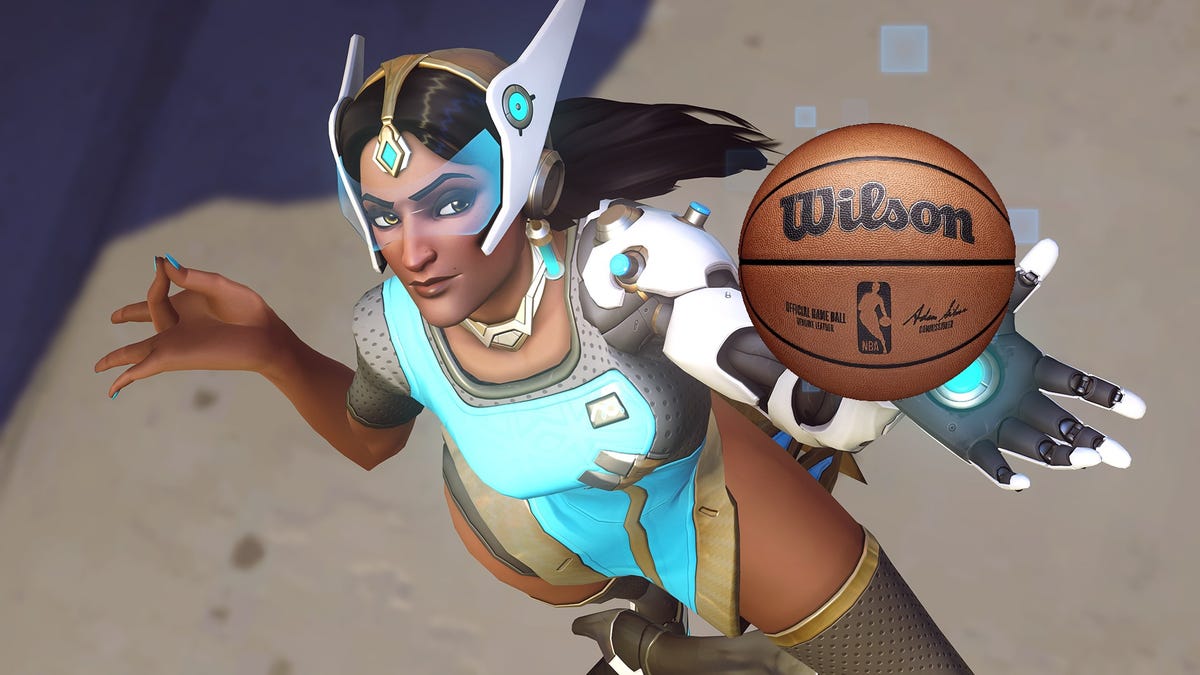
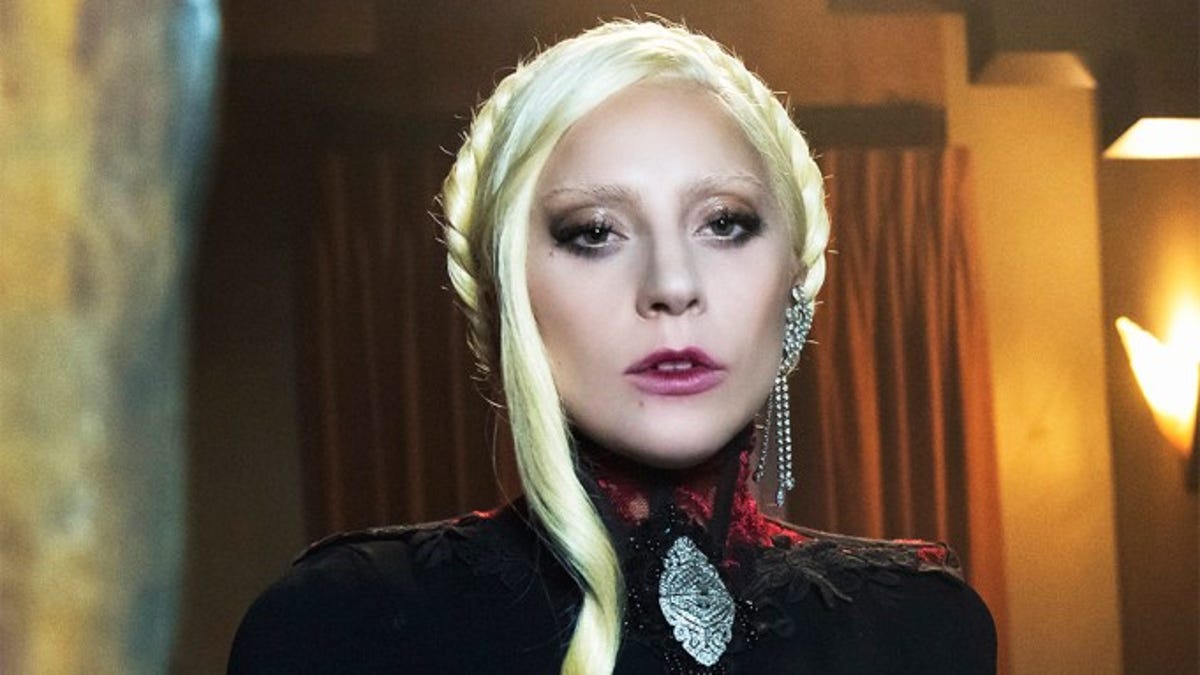


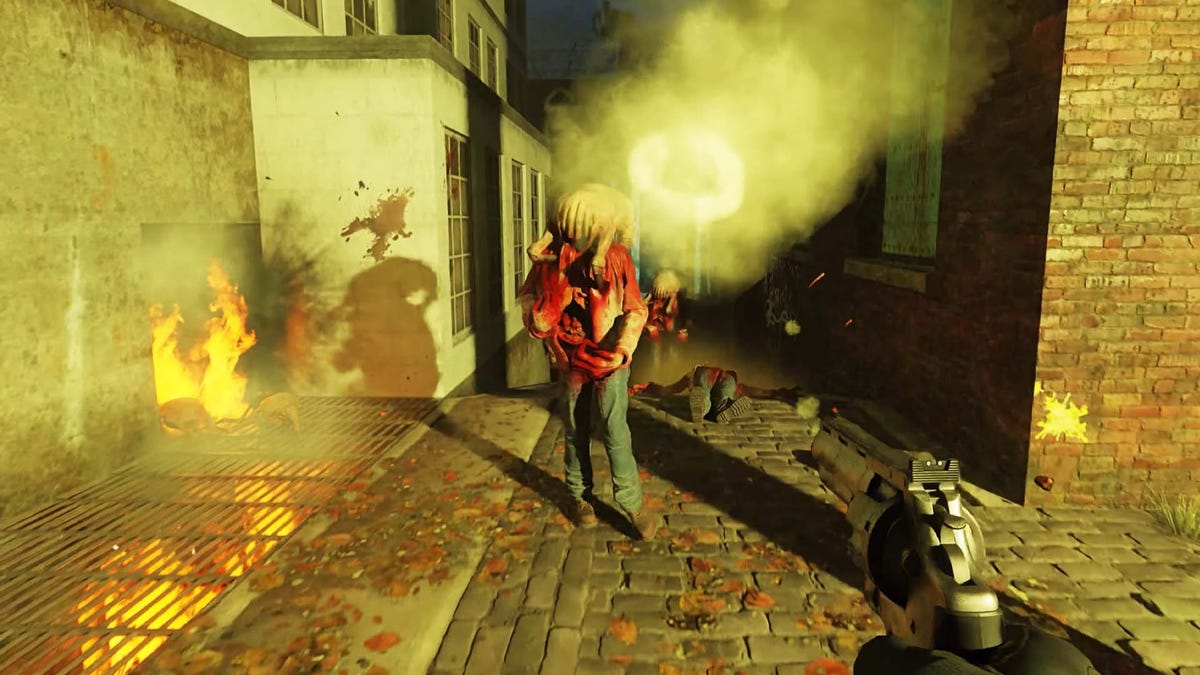
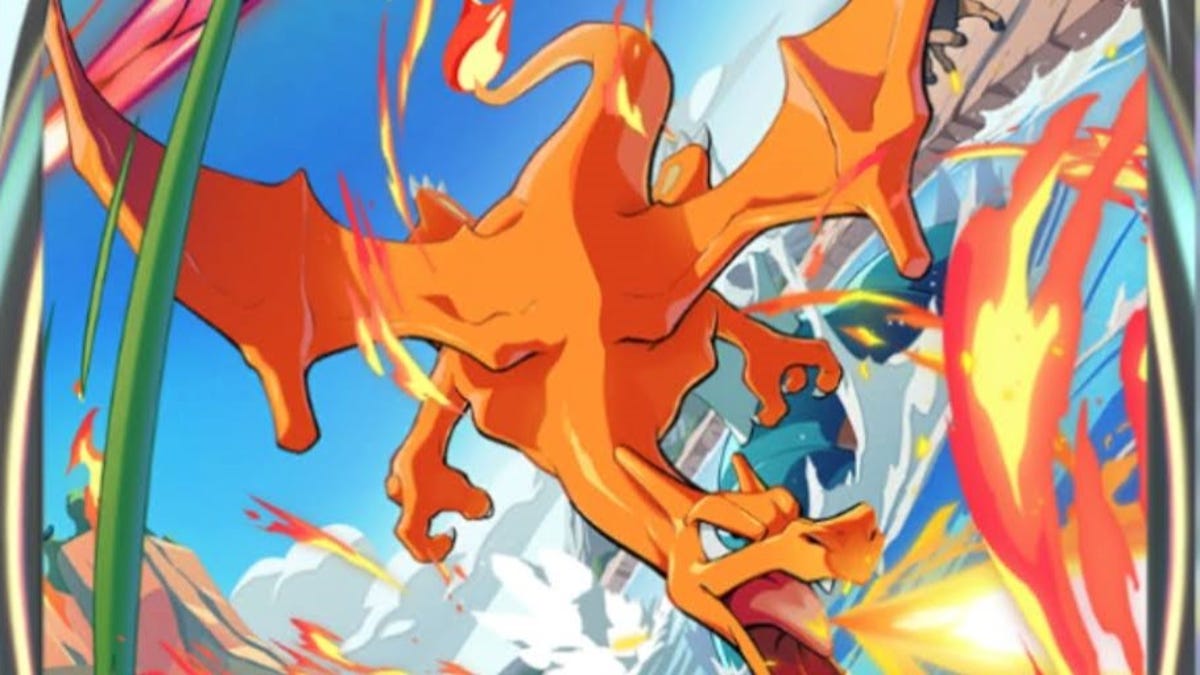



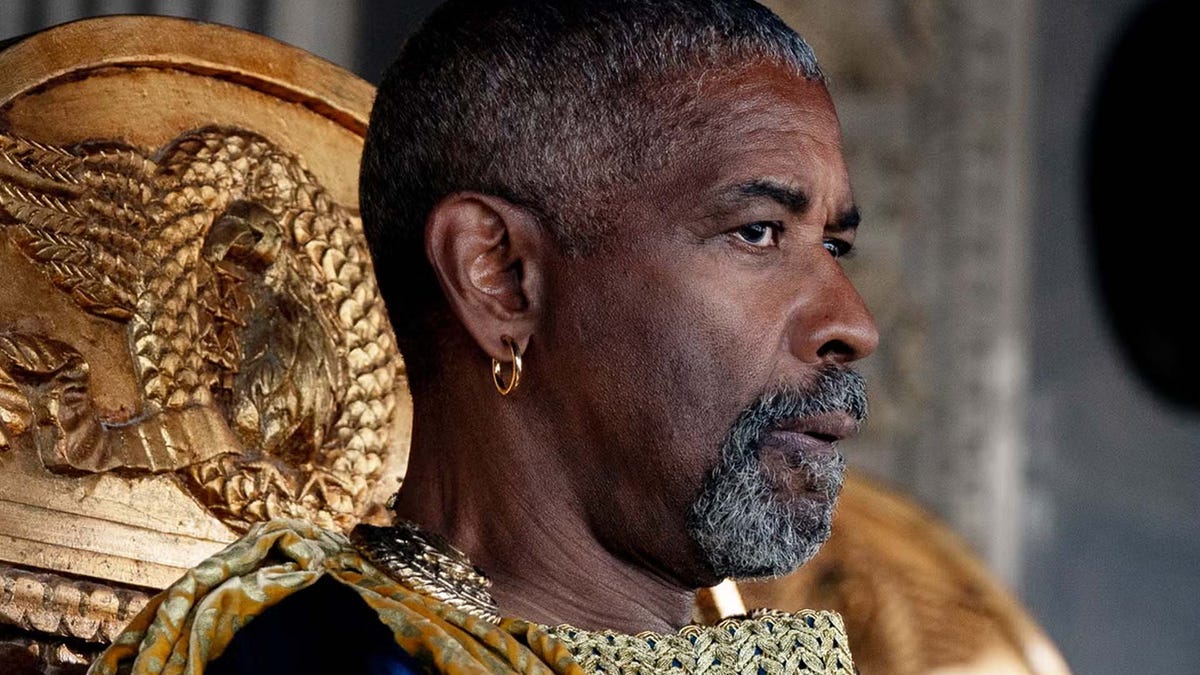

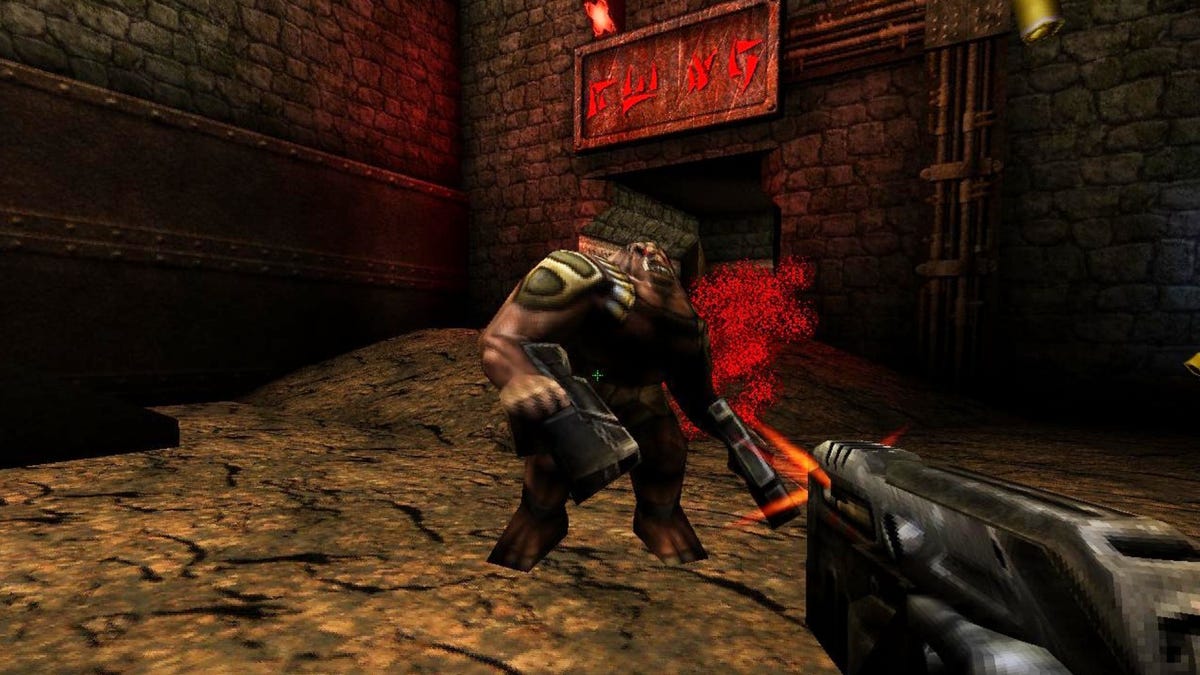

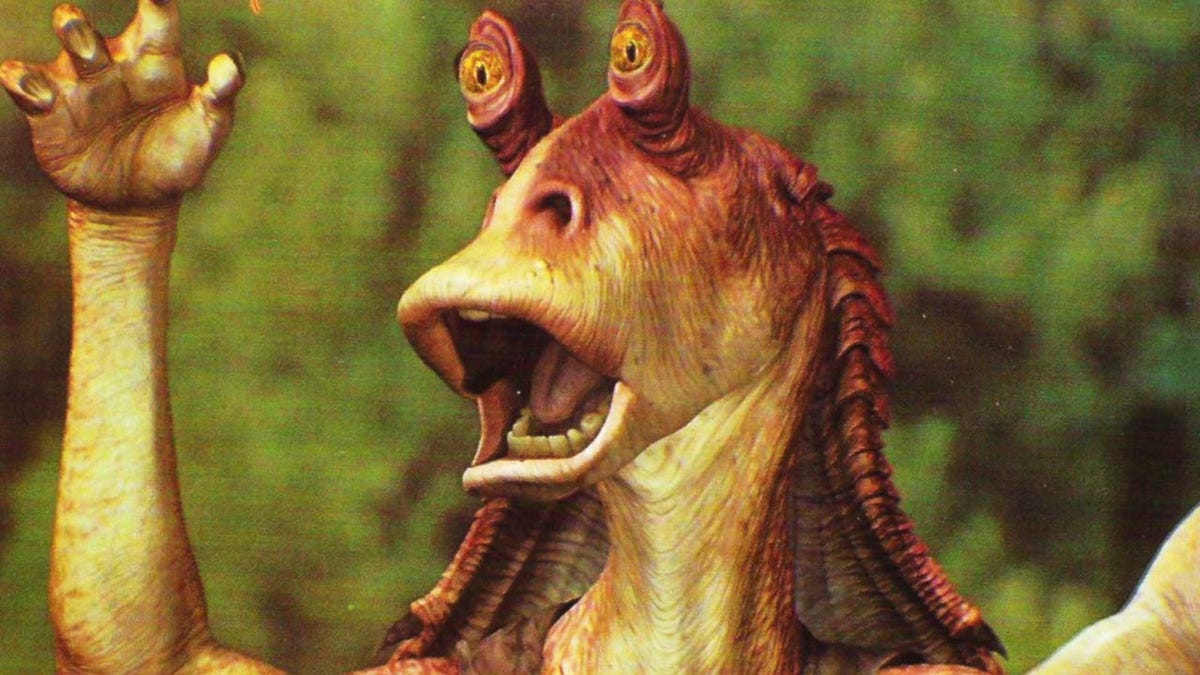
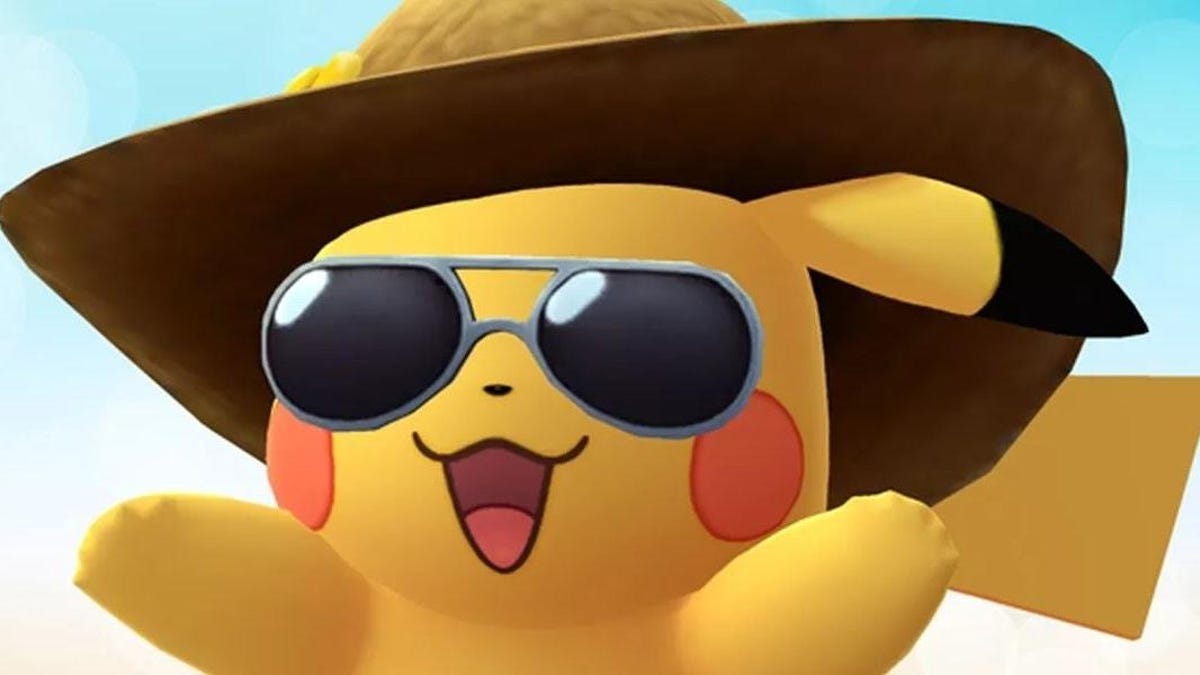

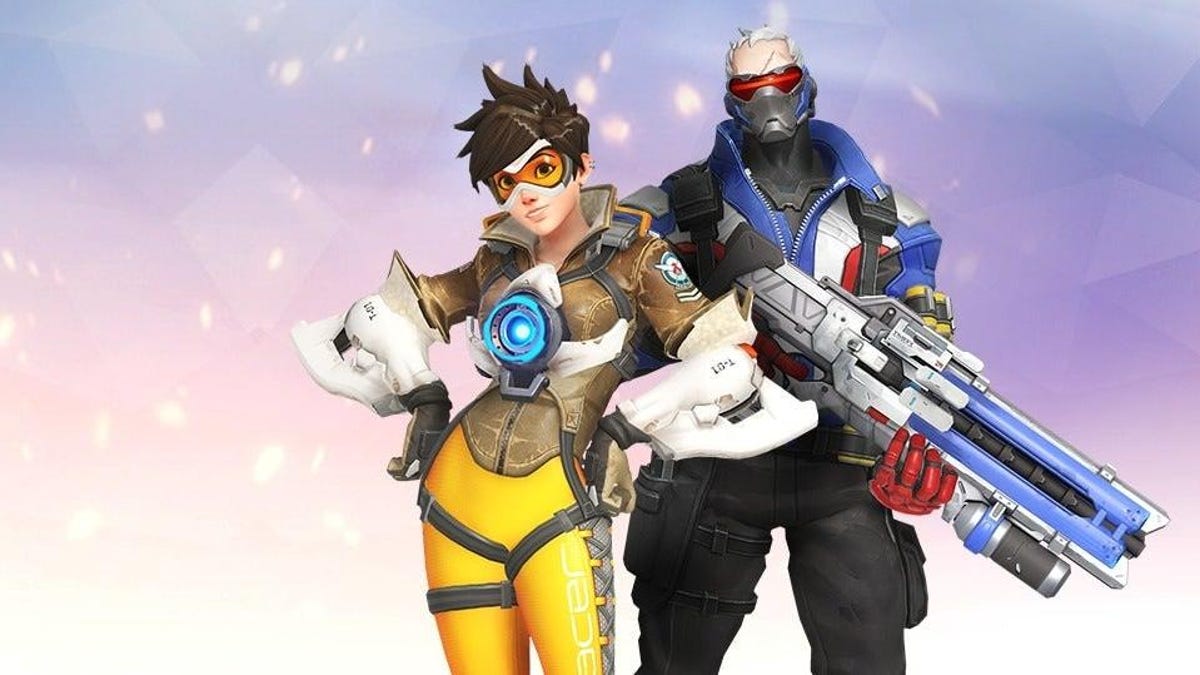
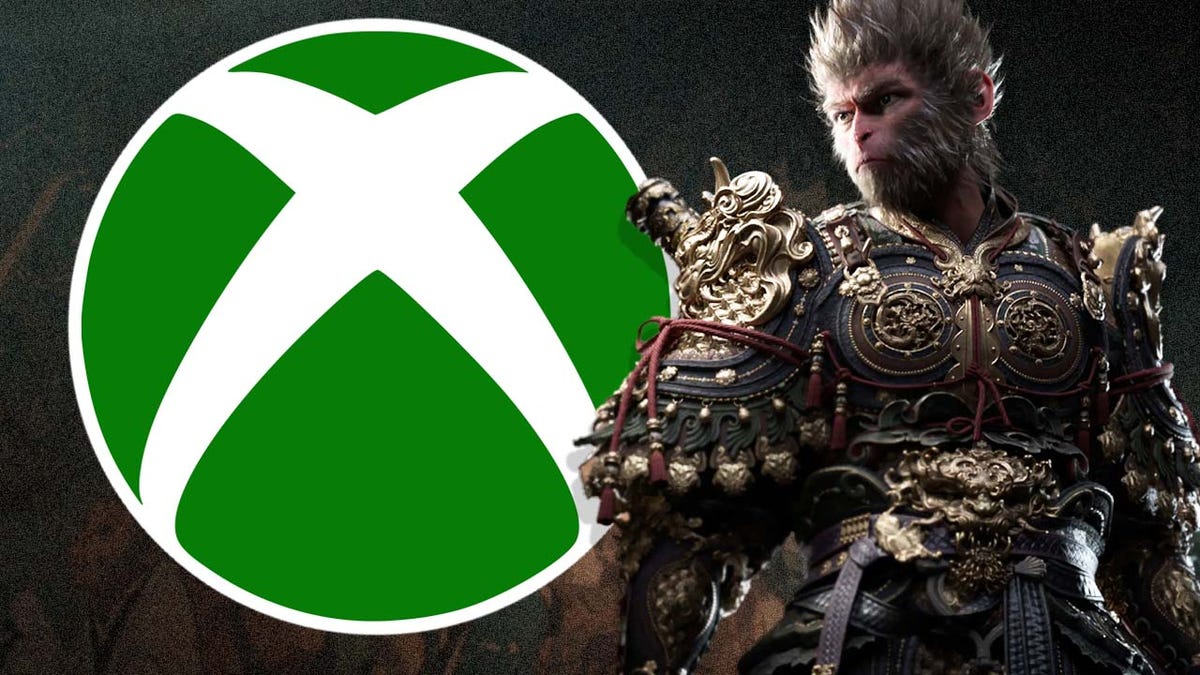
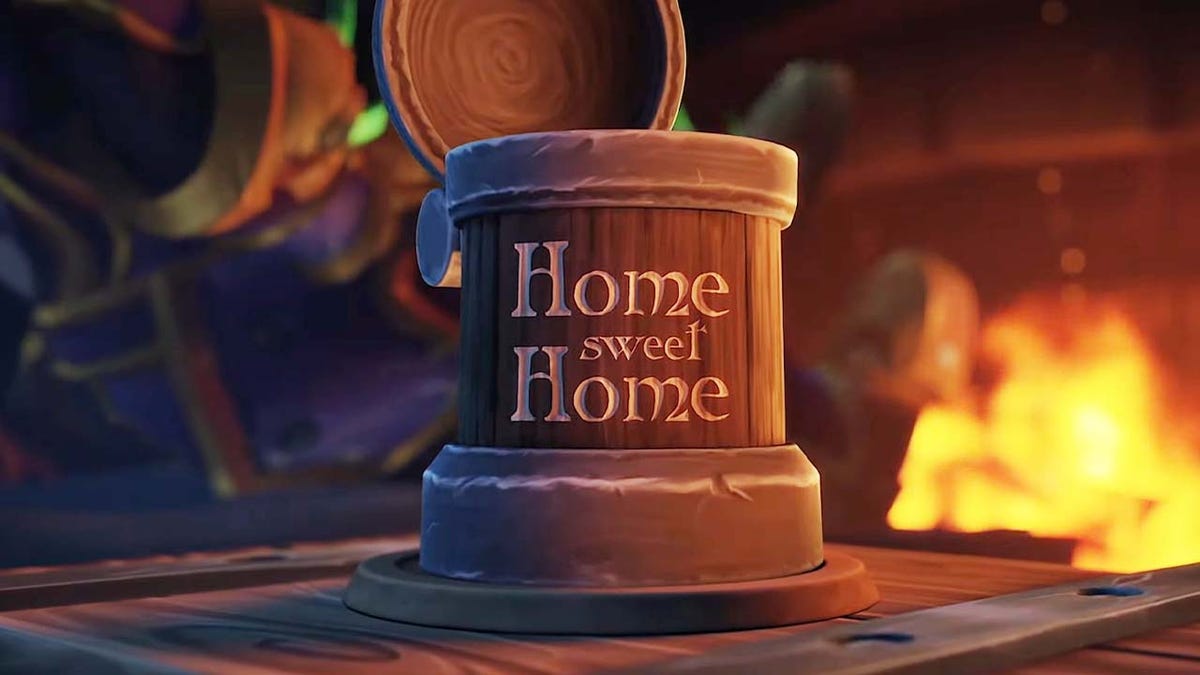
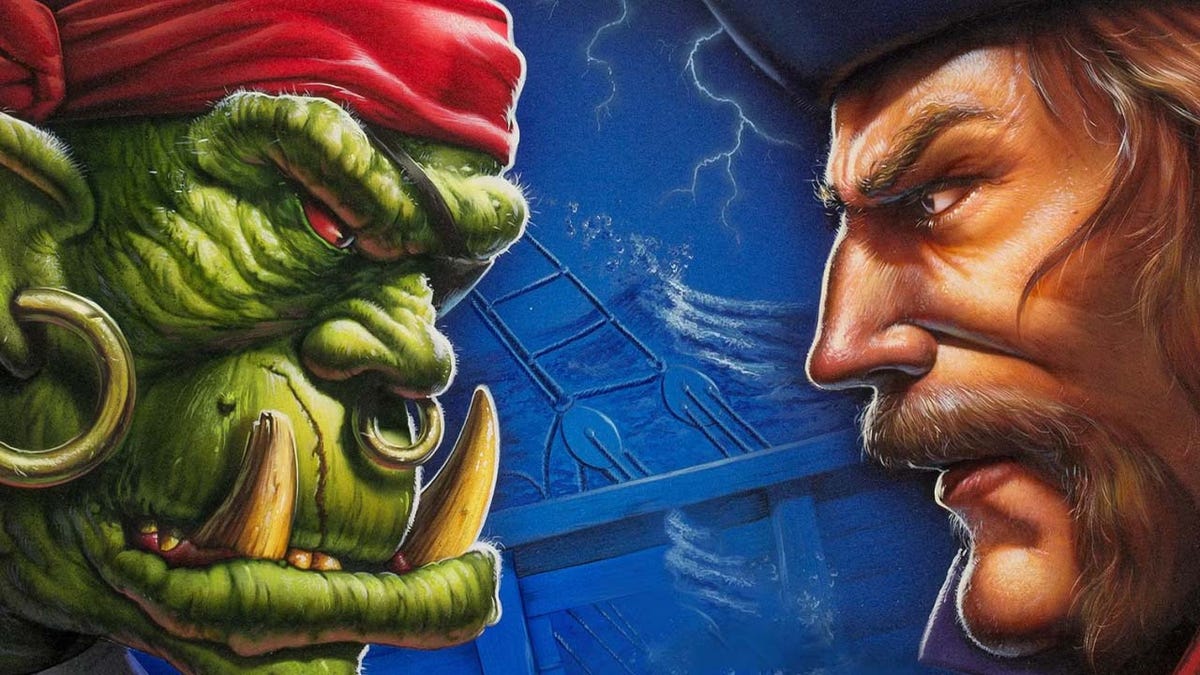
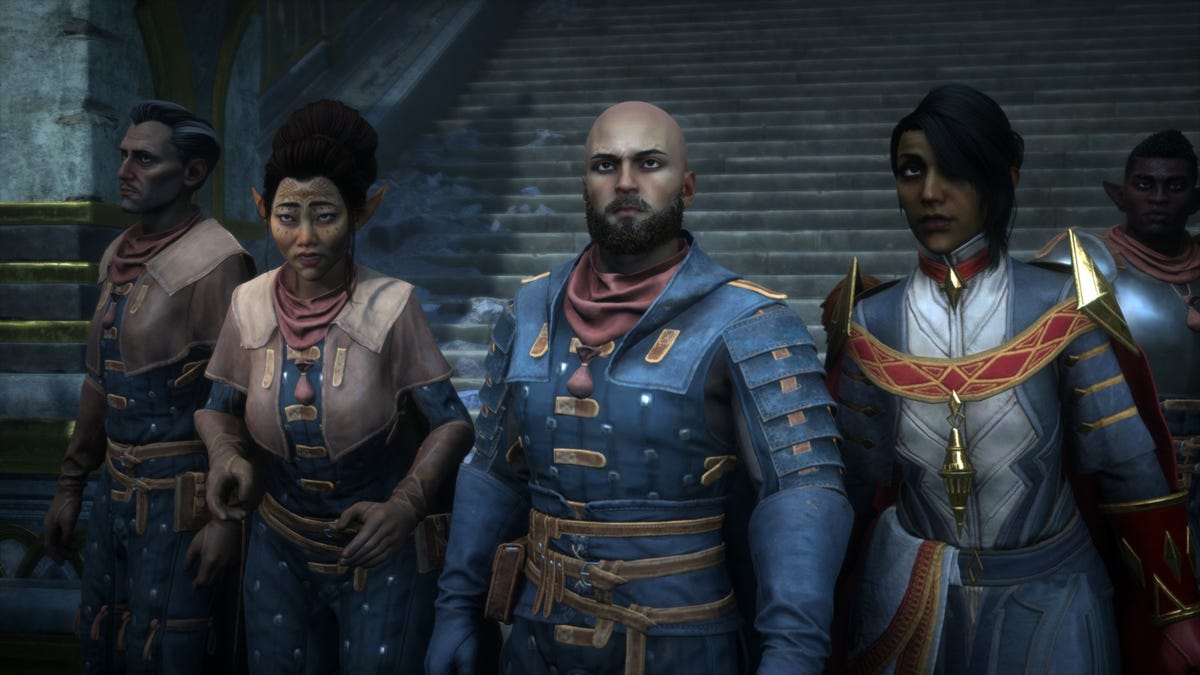

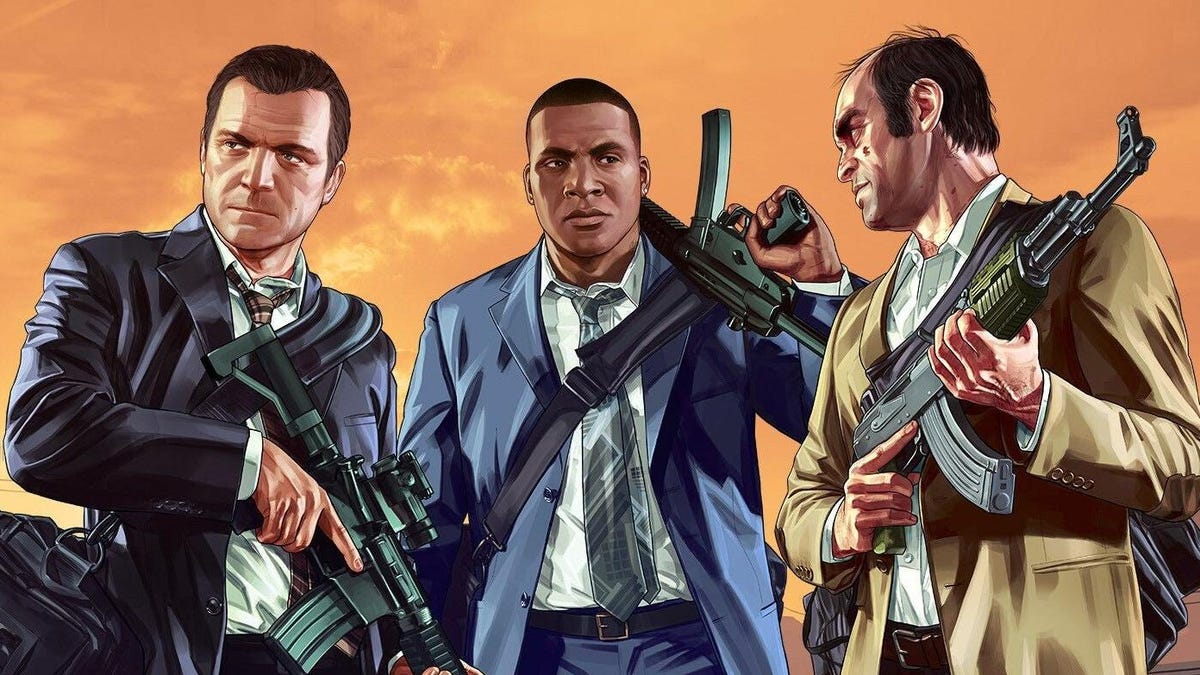
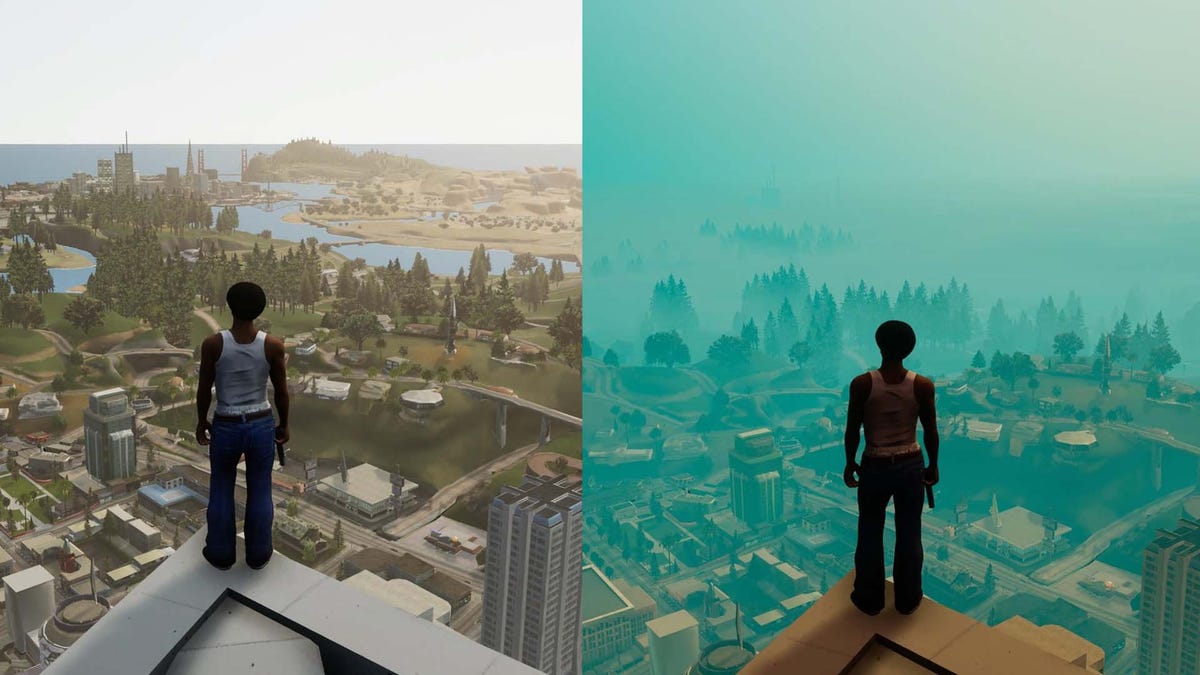

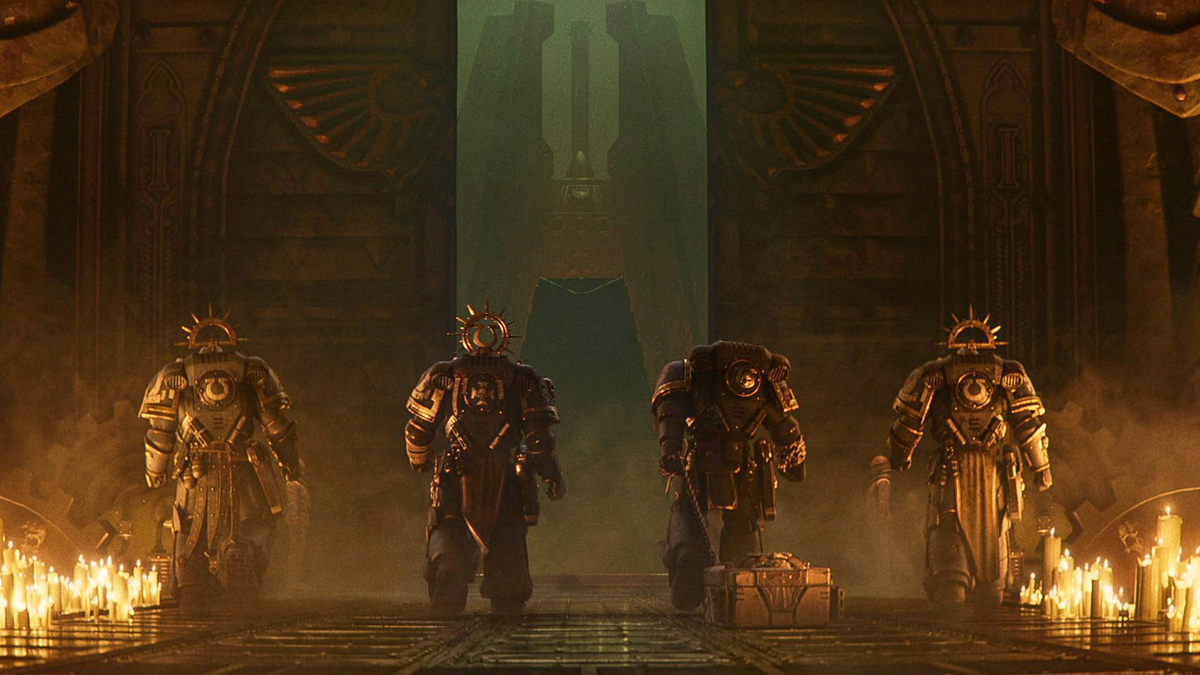
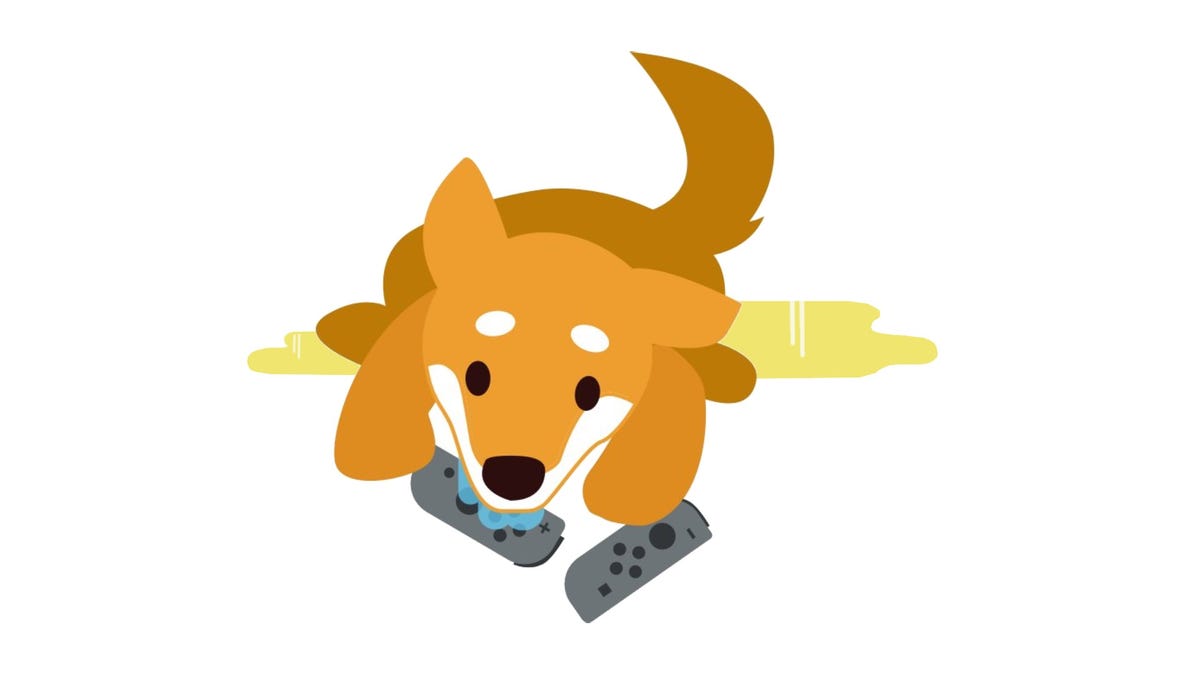

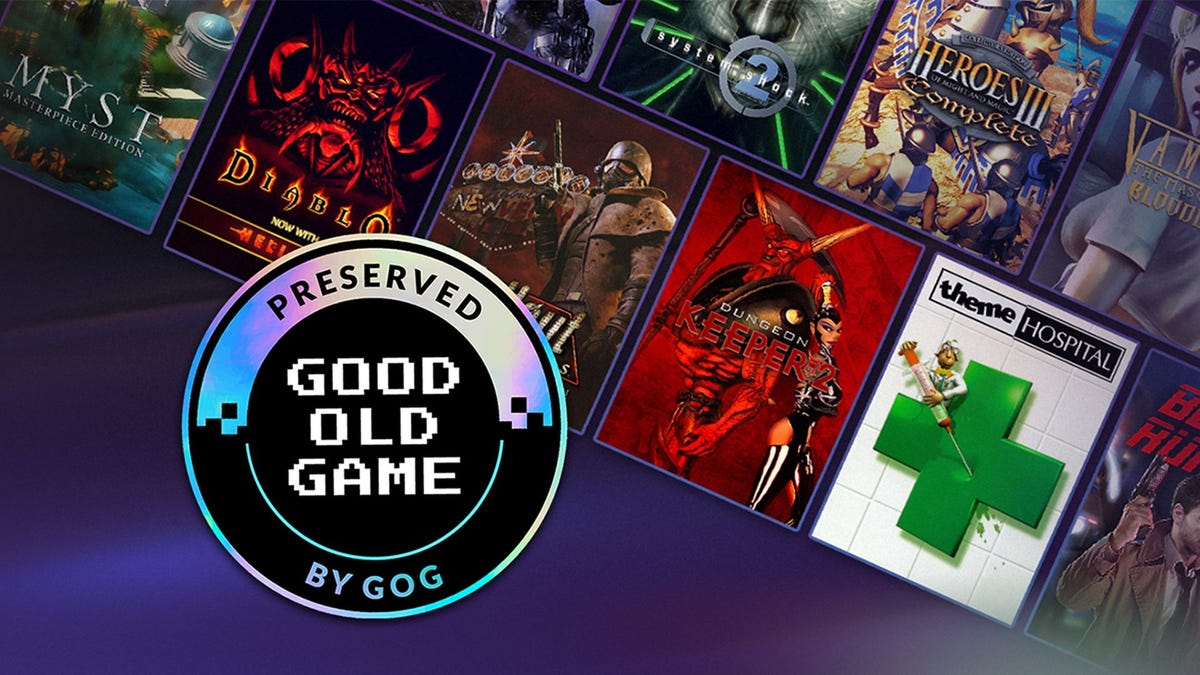

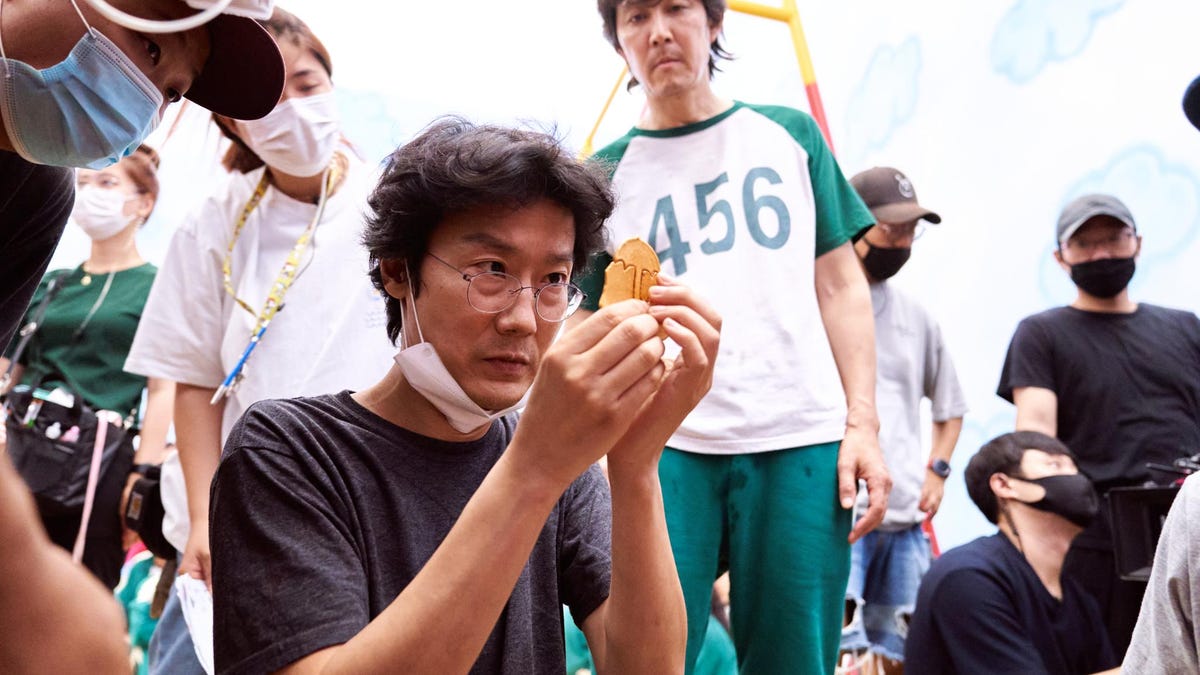

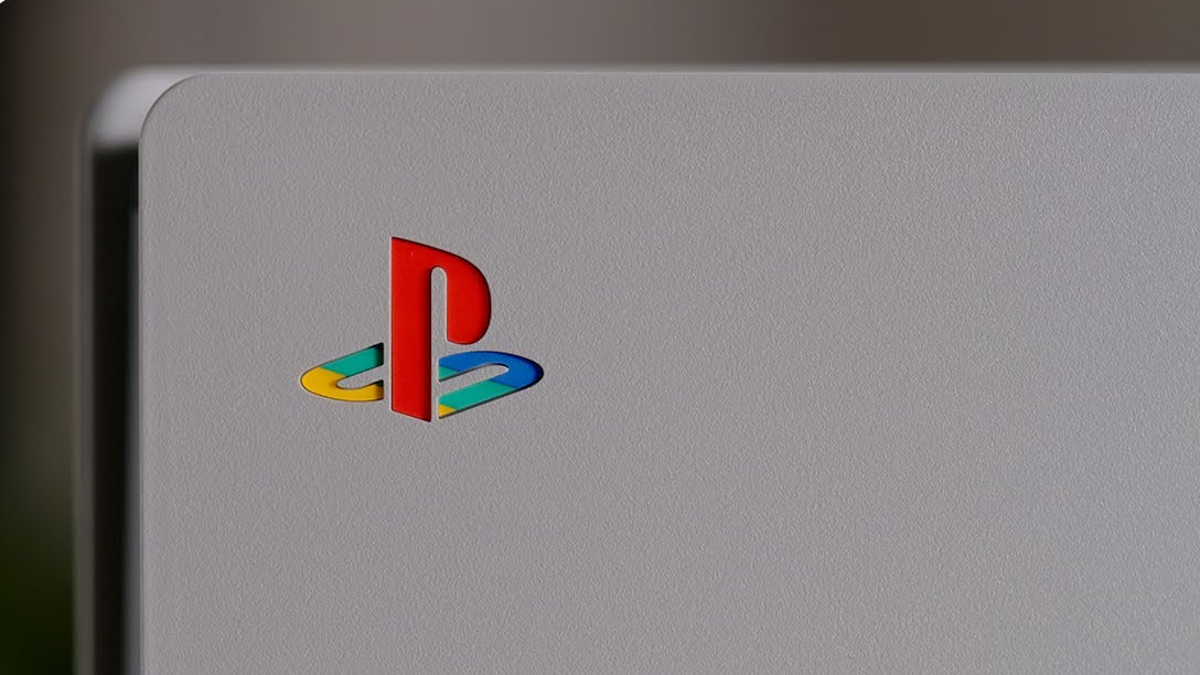


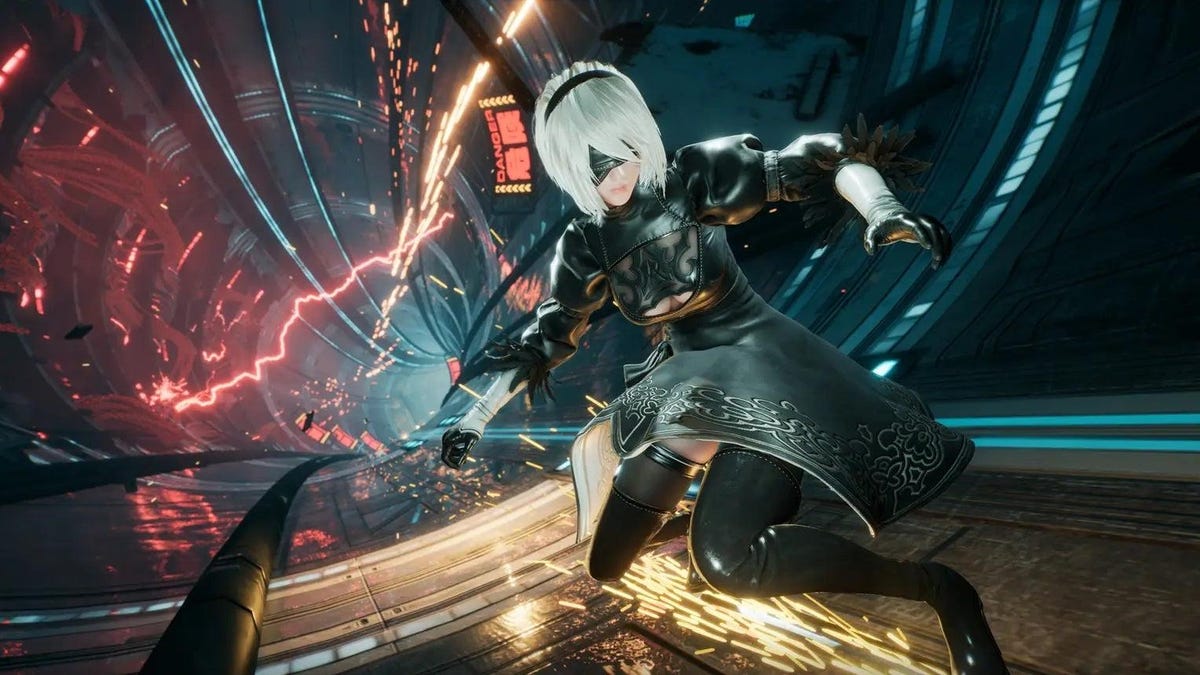
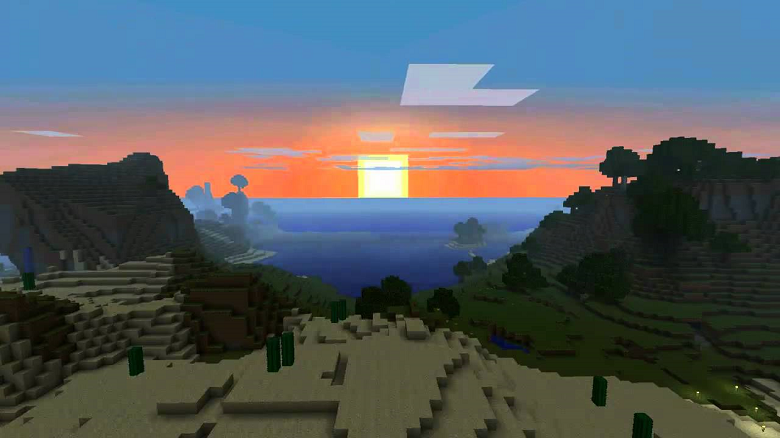
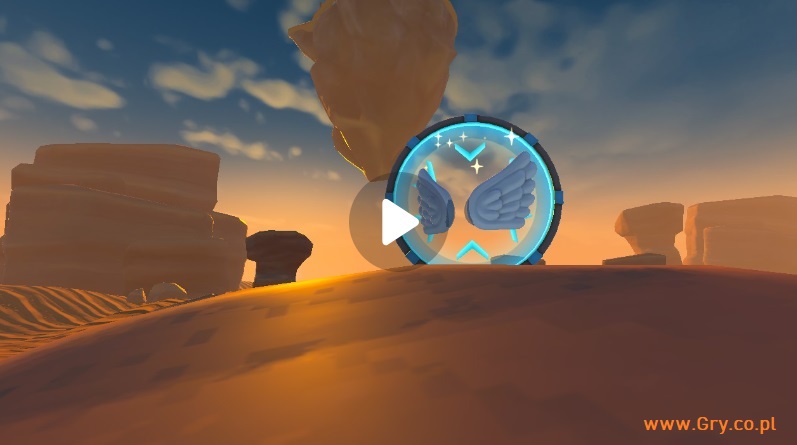



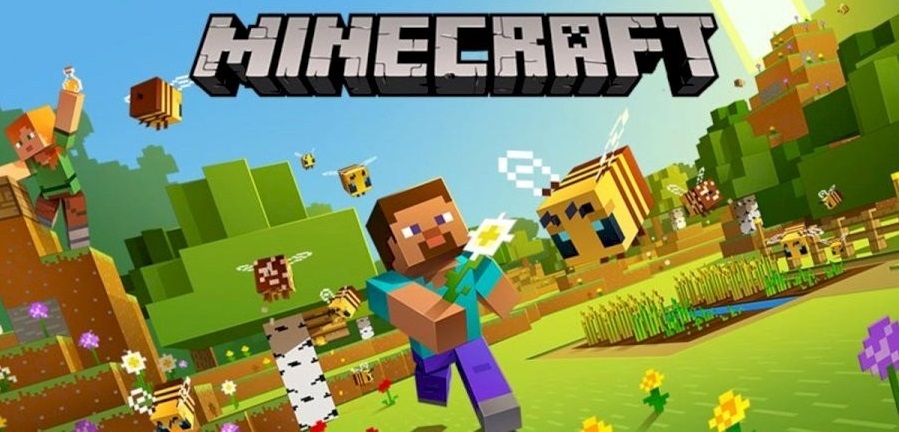


.png)

.png)


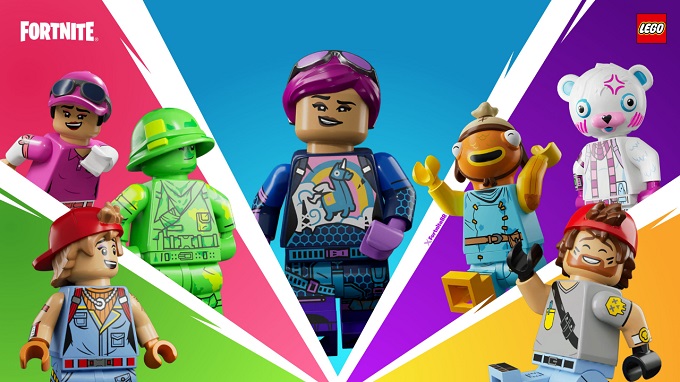


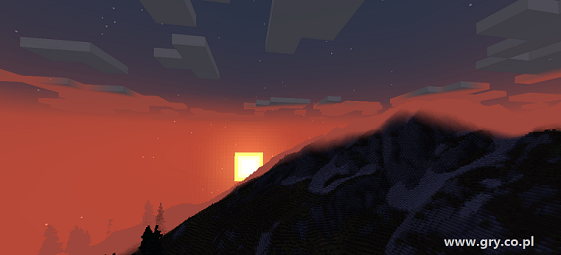



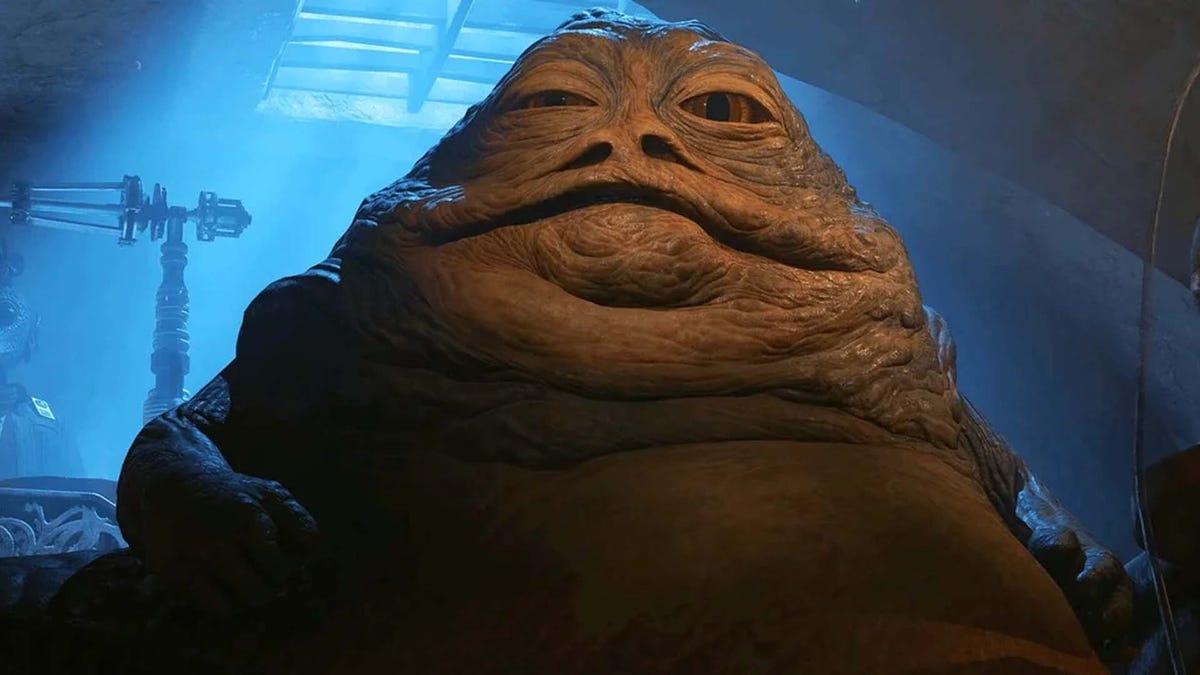


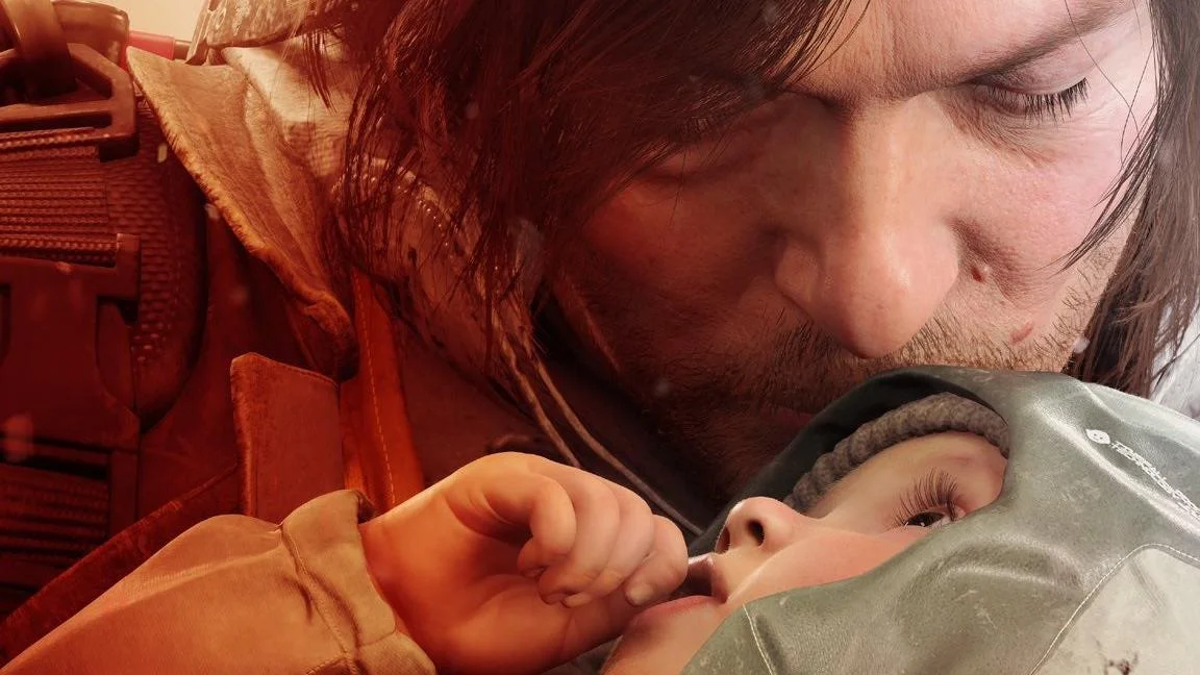


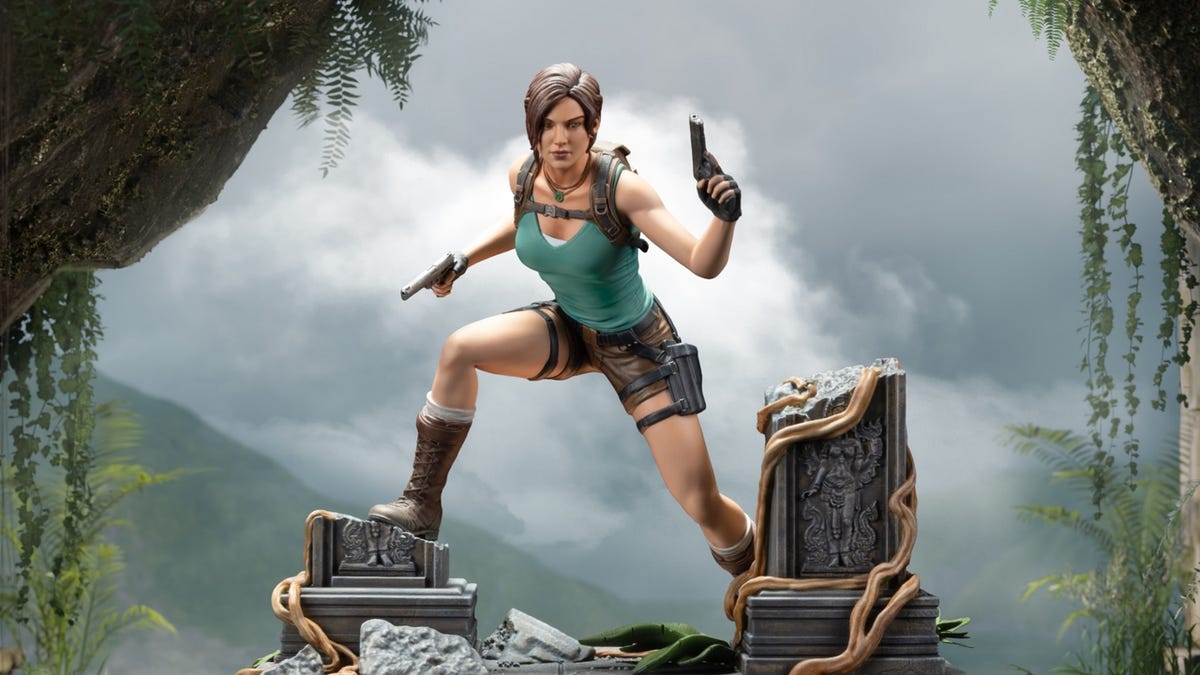





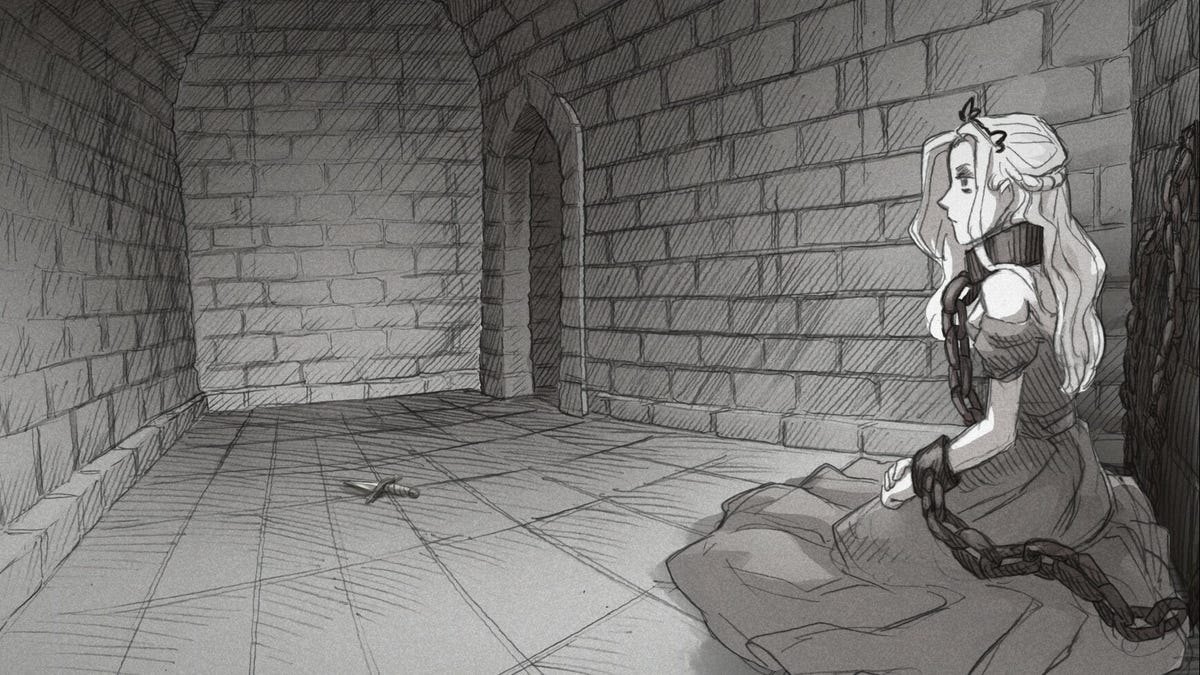



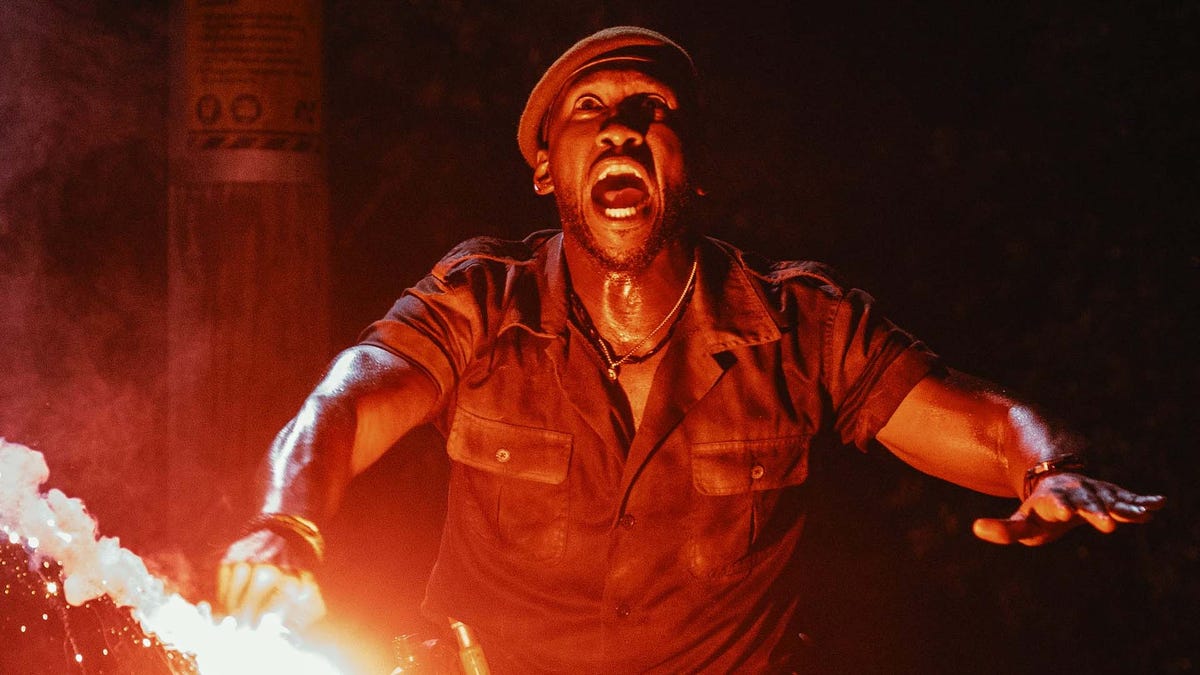

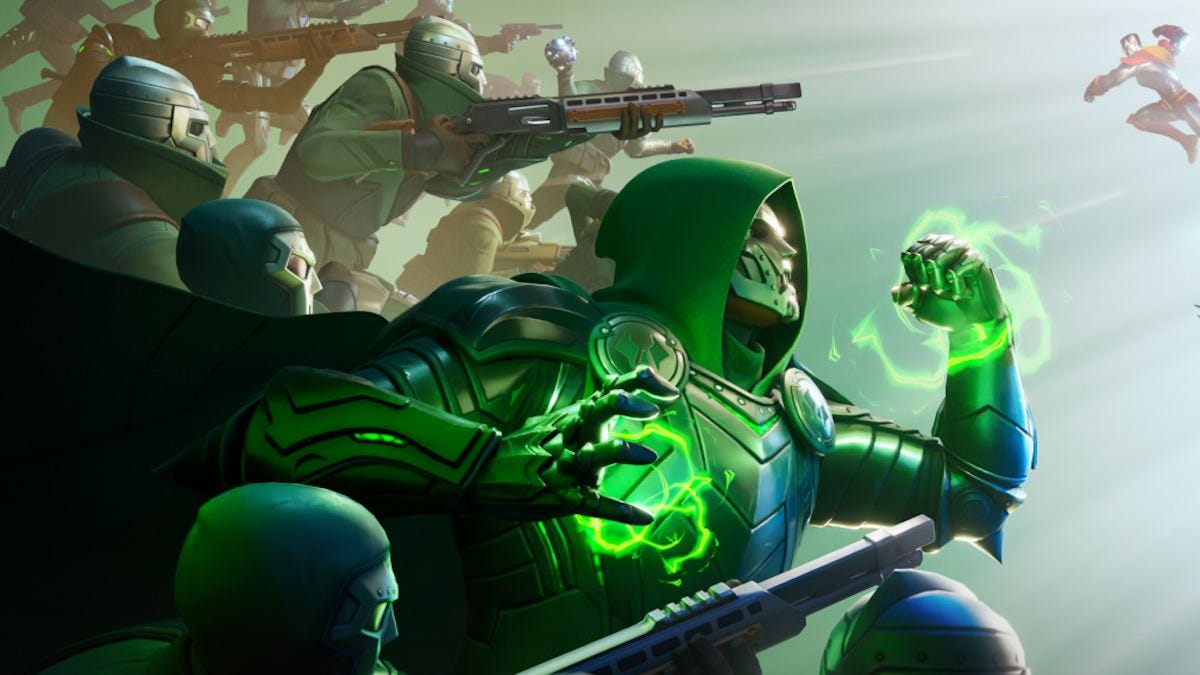

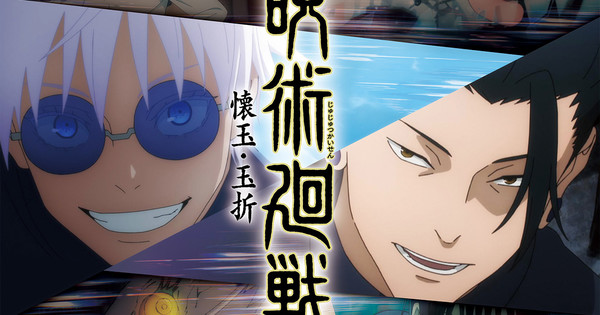

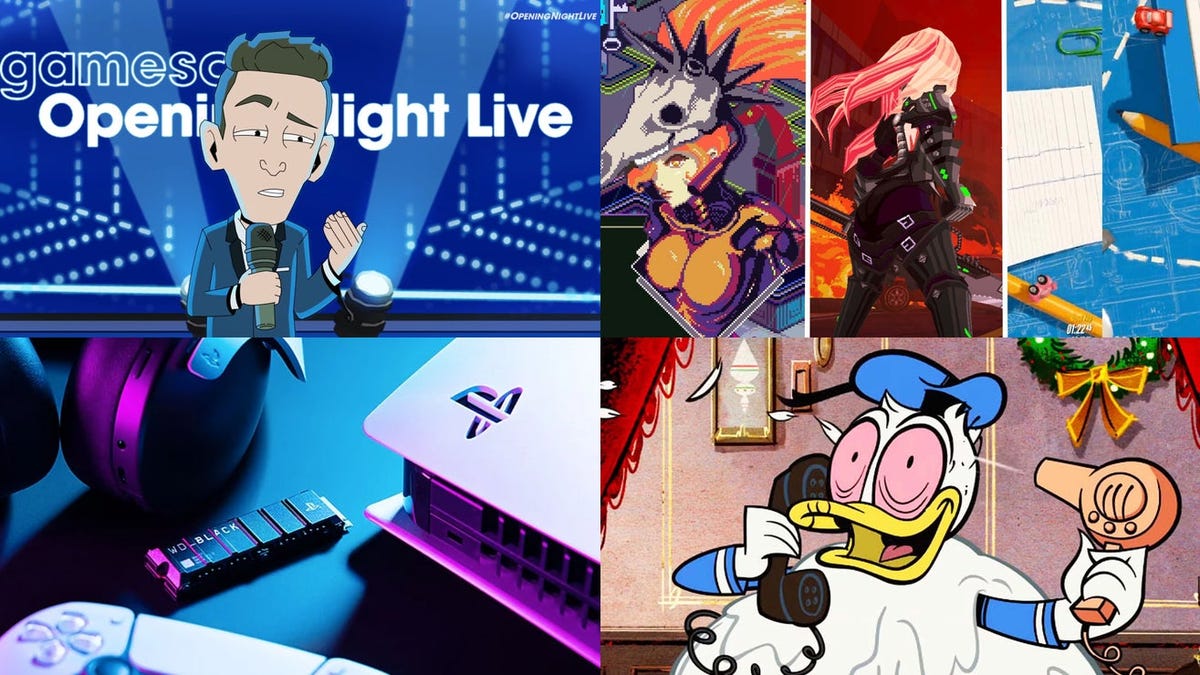
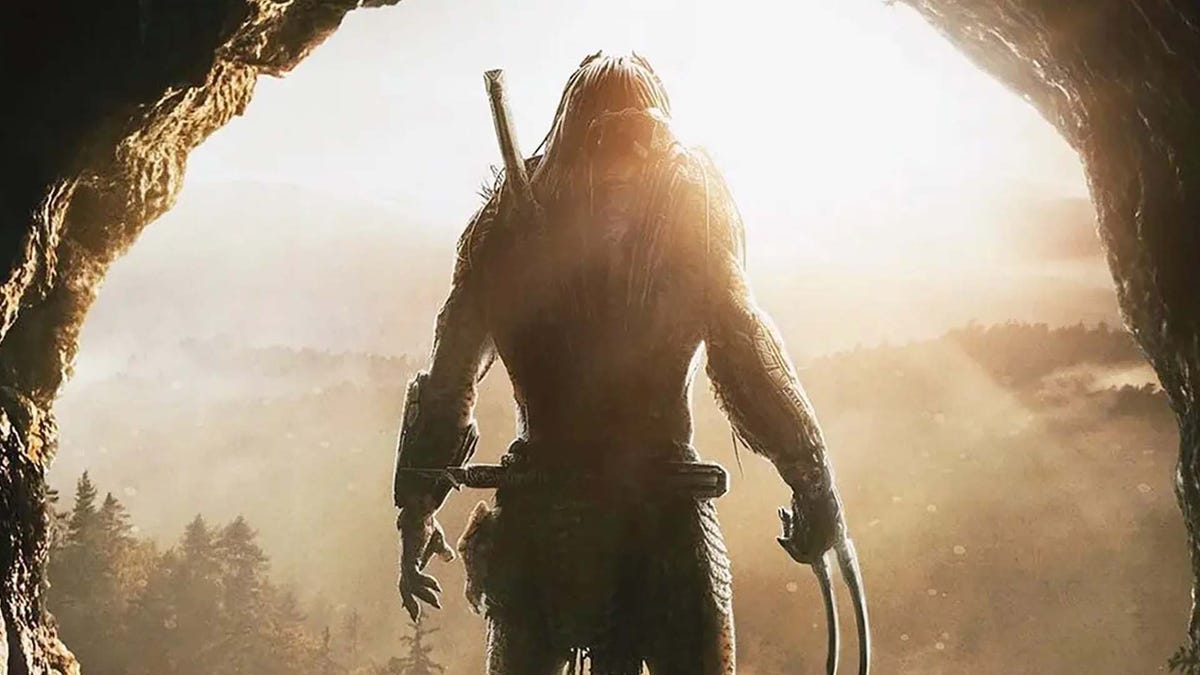

 Bengali (Bangladesh) ·
Bengali (Bangladesh) ·  English (United States) ·
English (United States) ·  Polish (Poland) ·
Polish (Poland) ·